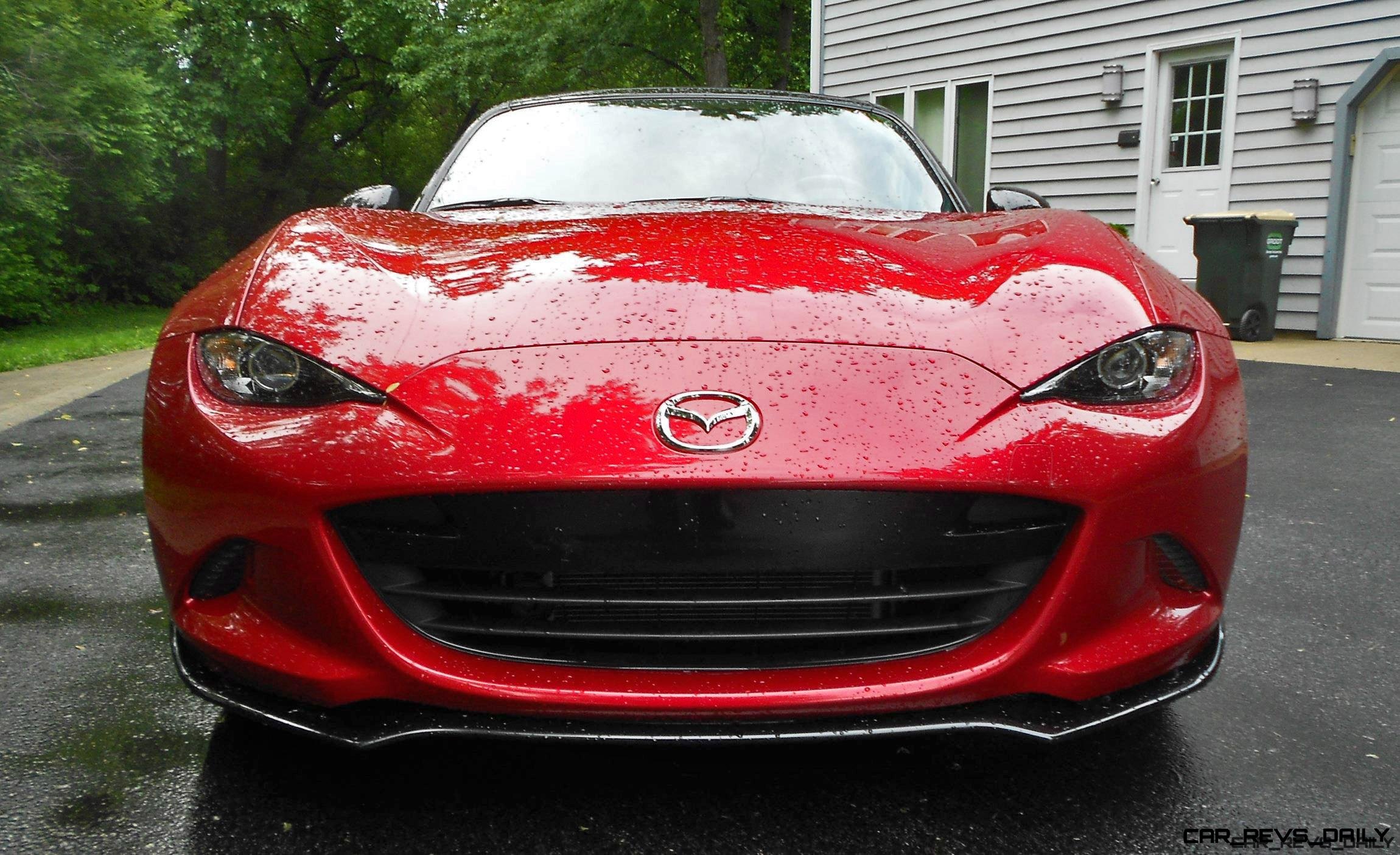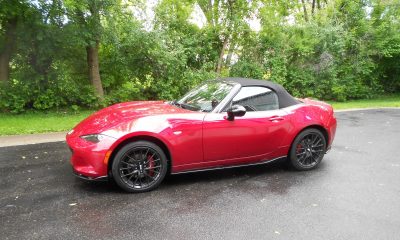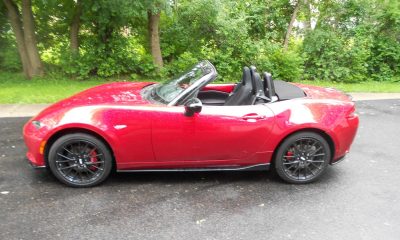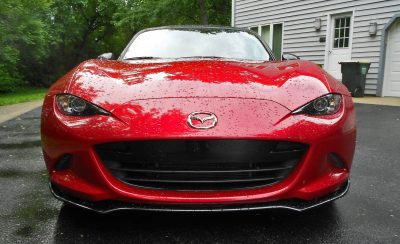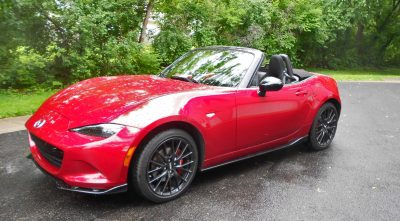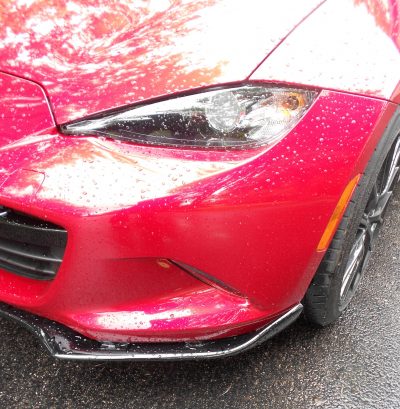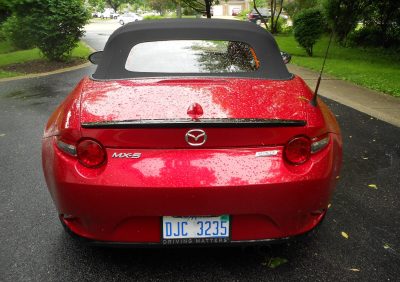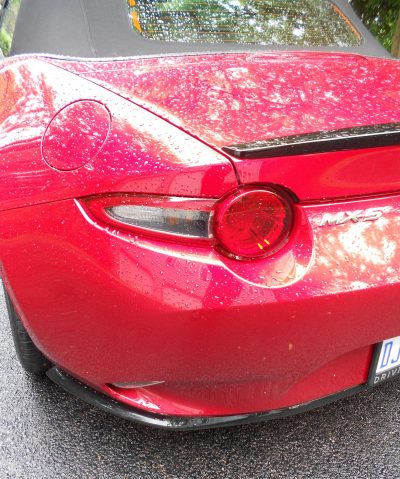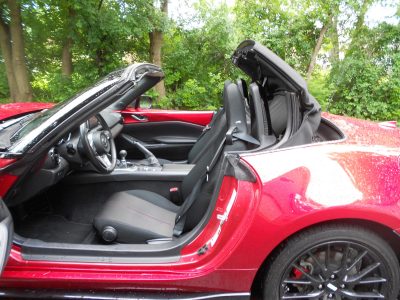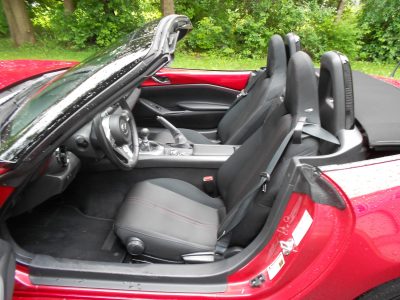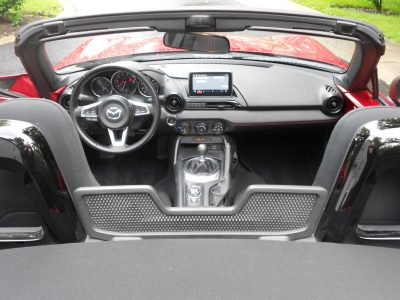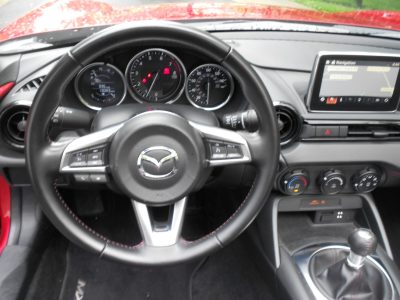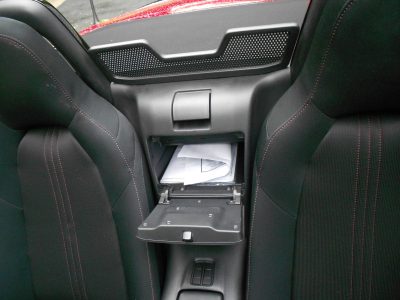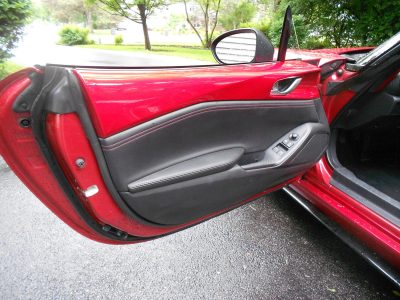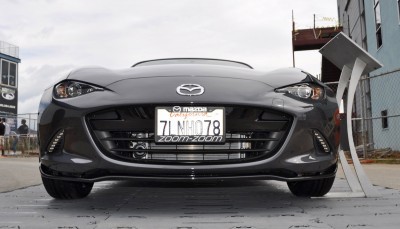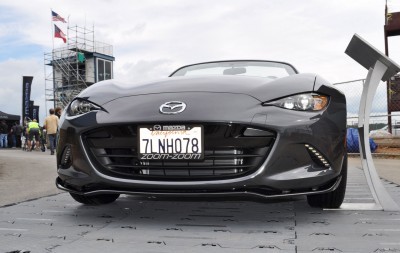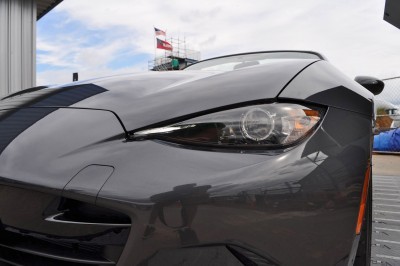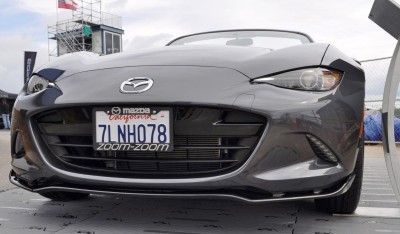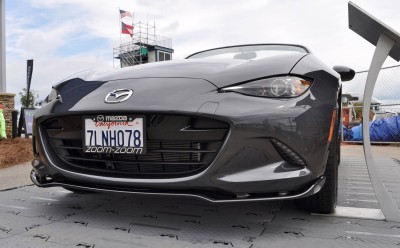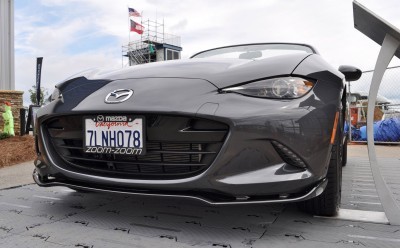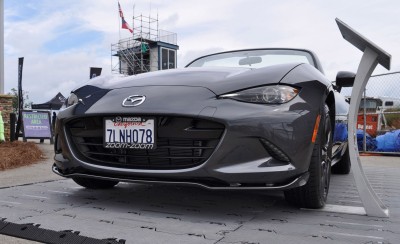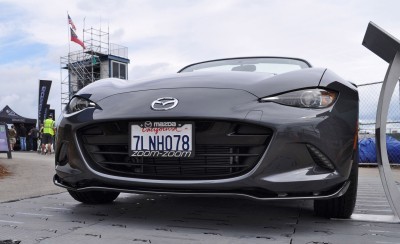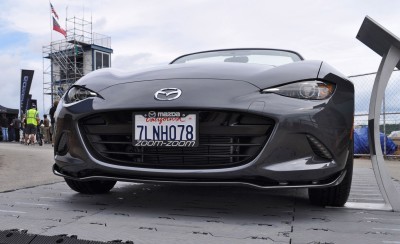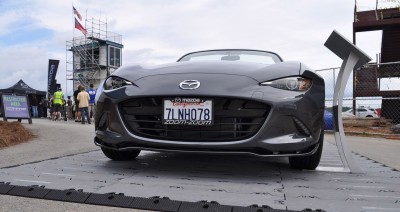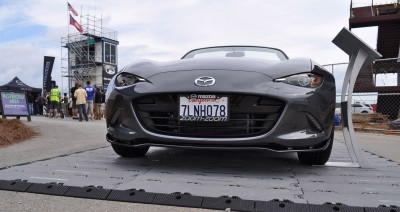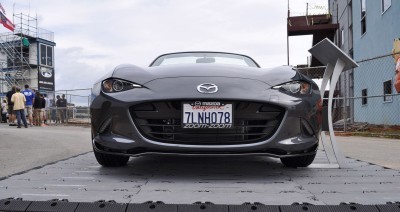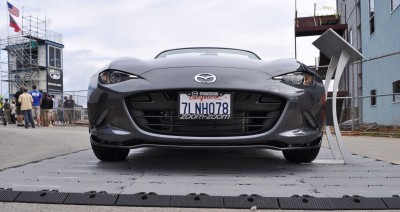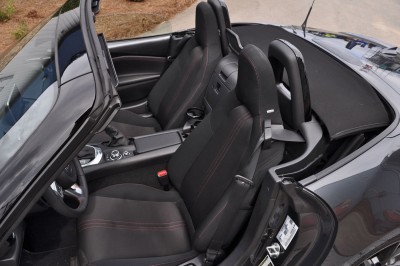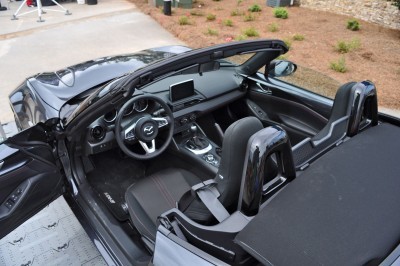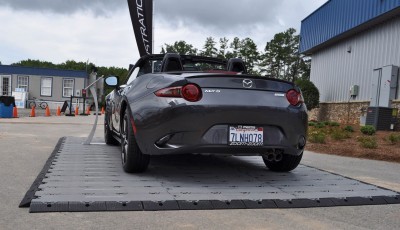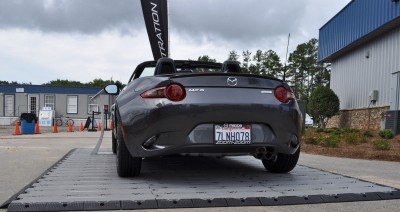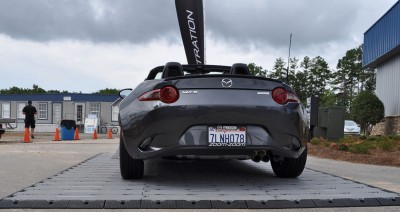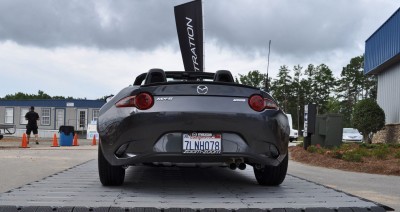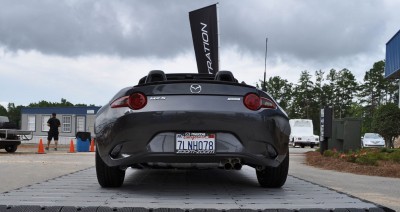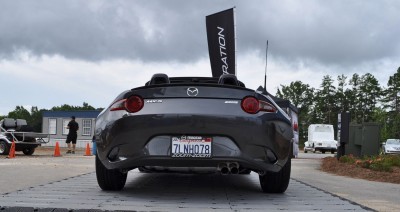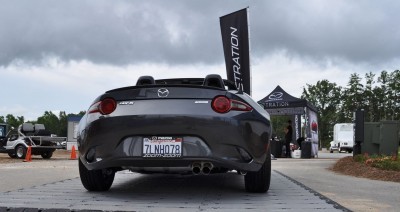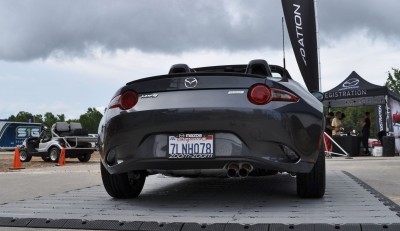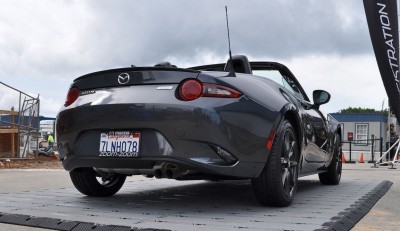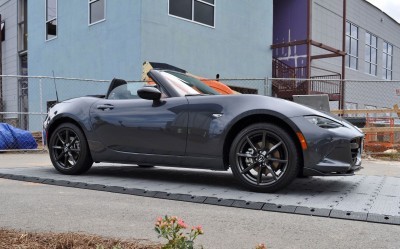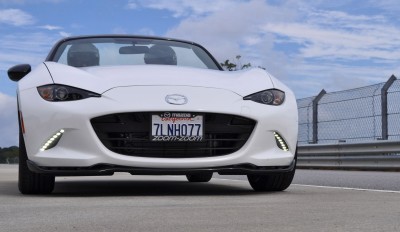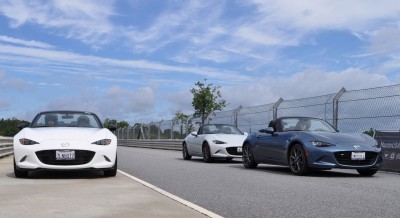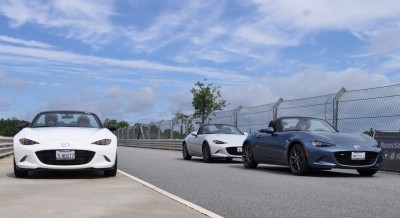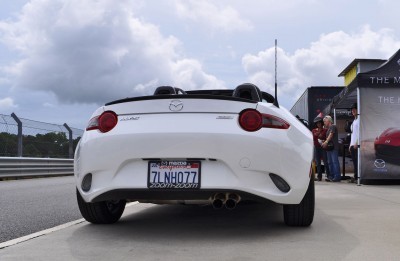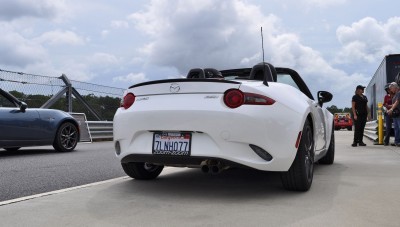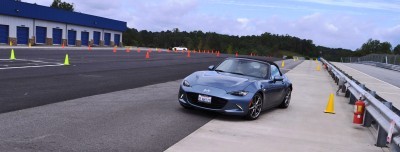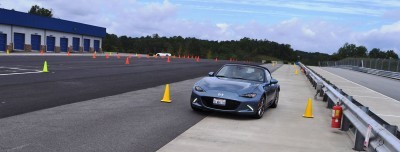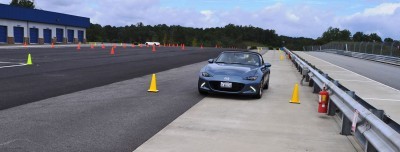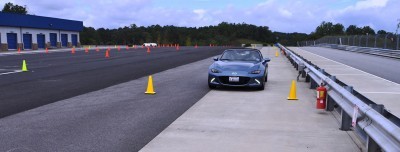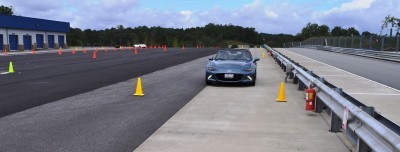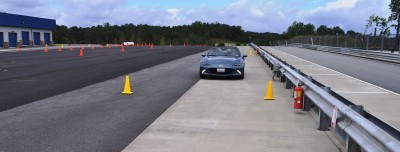In the spring of 1971, I was almost finished with my freshman year at the University of Iowa, and it was time for me to get my first new car. My father and I were to split the cost. His idea of the perfect car for me was a low mileage, 1969 Chevrolet Impala, 4-door. And my idea was a 1971 MGB rag top. While my friends were into muscle cars of the time like Mustangs, Camaros, Chargers and Barracudas, I was more interested in small British cars that, while not fast, were known for handling prowess, rather than straight line performance. The whole image of the open air British Sportscar, with a manual transmission, was intoxicating to me.
My Dad was not a car guy, but he reasoned to me that the MGB was incredibly small and not the best choice for ferrying my college belongings back and forth, including a stereo with speakers the size of egg crates, and all the other stuff I owned. He also reasoned that the MGB was totally unreliable, had a reputation for dodgy Lucas electrics, a convertible top that leaked like a sieve, and in general was a piece of crap.
Reasoning with a teenager back then was no different than it is today, so I was adamant about getting that MGB. Unfortunately he was adamant that he wasn’t going to chip in half the cost of that purchase. We finally settled upon a brand new German built, 1971 Mercury Capri 2000 with a stick shift. Out the door price was $3,063. It was a car I absolutely loved, and have unsuccessfully searched for one for the last decade or so.
Over the next few years I came to realize that he was absolutely correct in his assessment of the MGB, or Triumph TR-6, as I came to know guys who owned them. They complained of too many times being left stranded on the side of the road, to justify ownership. So I always lamented what a shame it was that nobody made a small, two-seat, convertible sportscar that emphasized handling over raw power, and was actually reliable, and just as important, was affordable.
Then in 1989, Mazda introduced the Miata at the Chicago Auto Show. It was exactly the reinvention of the classic British Sportscar that I was looking for. And Mazda sold them by the thousands. It became, and still is, their most recognizable car and their “halo” model for the brand. Since then, well over a million copies have been sold. Unfortunatley, by 1989, I was married with two small kids, and the Miata was not to be in my near future.
Fast forward to today, and the new 2016 MX-5 Miata is the fourth generation model from Mazda, and it still has all the same virtues that the original had more than a quarter century ago.
For the last 15 years, I’ve had the pleasure of driving different Miata’s on the street, and on race tracks. On the track days that I’ve done, there have always been a large assembly of other expensive and powerful sportscars and muscle cars to drive, from Jaguars, AMG SL Mercedes, BMW’s, Audi’s, Corvettes, Mustang GT’s, Camaro’s, the new pack of Dodge Hemi’s, even including the newest Hellcat models. And every one of them incredible performers and breathtakingly fun cars to drive. But after I’ve spent some seat time with those models, I always go back for a second helping of Miata. Why?
Because it is so light and tossable that it begs to be driven hard, and allows the driver to hone driving skills that most of the other new sportscars have somewhat dialed out with all the electronic driver aids that come standard in those cars. You can tip the Miata into a turn, get hard on the gas until the rear end loses some grip, and oversteer that little car through a turn with just the throttle to bring it to the brink of control, knowing that if you push it too far, it can bite you. You get that rush of knowing that your right foot controls the car, and not a host of incredible computer algorithms to keep you on the path.
Don’t get me wrong, those other cars are outstanding and tons of fun to drive, but they all take out a lot of driver talent to make the car go fast. With the much lower horsepower Miata, you’ve got to keep it in the right gear, at the proper rev range to get the most out of the vehicle.
New this year is a 2.0 liter engine, making 156hp, and 148 ft. lbs. of torque, which is more than enough to make the Miata feel quick and responsive. The car weighs only 2,332 lbs. which is 180 lbs. less than last year’s model. Mazda prefers to lighten up a car to make performance rather than add weight and a turbo to go faster. And you can figure zero to 60 times just a tick under or over 7 seconds, which is pretty quick, and because of its very low to the ground seating position, it feels much faster. The engine is smooth, all the way up to the 6800 rpm redline, and mated to a slick shifting, 6-speed, short throw, manual tranny, it is a joy to drive. And fuel economy is an excellent 27 City, 34 Highway.
Most owners won’t be driving their Miata on a race track, but will still have an enjoyable driving experience. Now remember, that you can’t have a great handling car, especially one with a very short 90.9” wheelbase without some trade-off in ride quality. The Miata’s ride is stiff, and that shows up on pot-holed and broken pavement. Some bumps can be a bit jarring. On the highway, the Miata is mostly comfortable, however. All trim levels have a double wishbone suspension in front and a rigid multilink suspension in the rear. The Club trim features Bilstien shocks, a shock tower brace, and limited slip differential. The test car also came equipped with the Brembo/BBS Package, which means that the front brakes are painted and have Brembo calipers and rotors. That means instant stopping power, and the lighter weight 17” BBS alloy wheels, which are shod with Bridgestone Potenza 205/45R 17 tires offer outstanding grip. (Completing the $3,400 package is side sill extensions, rear bumper skirt, and keyless entry).
This new model features electronic steering. We found it to be properly weighted, and lightening quick, with excellent feedback. The chassis feel solid, and with the top down, you’ll have to go over some major uneven railroad tracks to elicit any significant cowl shake. I’ve driven many convertibles costing tens of thousands of dollars more, which had worse.
Even though this is a very small car, the interior room is good, unless you’re over 6’1”, and then headroom can be problematic. The cloth seats with red contrasting stitching are comfortable and very well bolstered, and have limited travel on the manual track.
The dash layout is simple and easy to read. Unfortunately, the info screen between the speedometer and tach, doesn’t offer as much info as most other cars do. There is a dealer installed touch nav screen which also operates the radio, and other settings. That isn’t very well sorted as some operations are accomplished with the touch screen, and others with a round knob on the console, and sometimes a combination of both.
Dropping the fabric top means unhooking a center latch and tossing it back with one hand until it clicks into a locking position. Another latch between the seats at shoulder height, pops up the roof to grab for easy closing. And with the top up, the cabin is fairly quiet. And since the top is fabric, and not a metal retractable hardtop, the trunk can hold a long weekends worth of luggage in the trunk with the top up or down.
Another complaint is that will all the bright engineers at Mazda’s disposal, couldn’t one of them figure out a way to include a single cupholder into that cabin? I get that it’s a driver’s car, but sometimes when you’re tooling down the road, with the top down and the sun shining you your face, the driver can get a bit thirsty, and having a place for a cool beverage would be very welcomed.
Styling is strictly by Disney’s Pixar Studios. Whereas the older versions were cute and cuddly, the new model retains the same vibe, but with a little bit meaner look at the front end, and with new crease lines that add character. I received many comments from motorists and passersby, and universally they were positive and admiring.
You can get into a base Miata for Sport starting at $24,915. Our Club model, which adds 17” wheels instead of the 16-inchers, and LED daytime running lights, and the Mazda Connect Infotainment system, starts at $28,600, and the Grand Touring model which ads nicer wheels, Automatic Climate Control, and and leather trimmed heated seats, starts at $30,065.
Our tester with the Brembo/BBS package and $300 charge for Soul Red paint, came to $33,120 including destination charge. It’s not easy finding another car that can provide so much driving pleasure for that amount. And if you’re on a budget, and don’t intend to take the car to a track, or run cones on an autocross course, you can save the $3,400 Brembo Packge and still have an excellent ride. Now that the kids are long gone, there just may be a Miata in my future. Maybe when I get too old to ride my motorcycles . . . another thing my Dad was adamant about me not having!
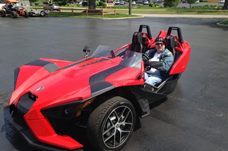
Ken “Hawkeye” Glassman has been a motor journalist for over 30 years, reviewing automobile, as well as motorcycle ride reviews and accessory reviews.
His car articles have appeared in Robb Report Magazine, Autoguide.com, Car-Revs-Daily.com and other media. His work has also appeared in Road Bike Magazine, Motorcycle Tour and Cruiser, SpeedTV.com, MotorcycleUSA.com and others.
As motorcycle columnist for The Daily Herald in suburban Chicago, the paper became the only major circulation newspaper in the country to have a separate weekly section devoted to motorcycles. Later he wrote a weekly column for Cyclefocus Magazine.

